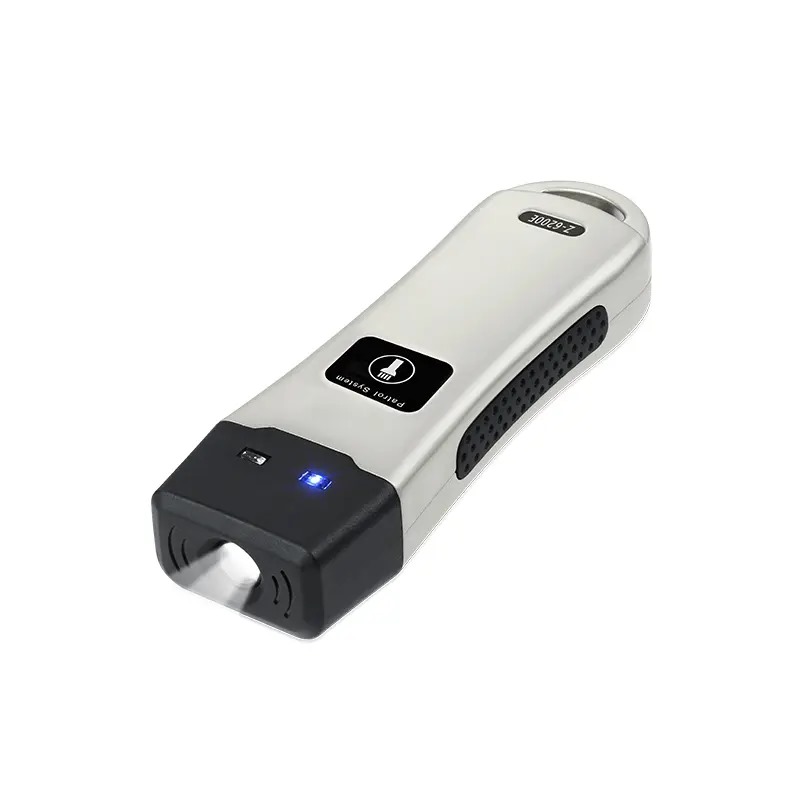Add Your Heading Text Here

A Guard Monitoring System (GMS) is an advanced technological solution designed to improve the effectiveness and efficiency of security personnel during their patrols and shifts. This system ensures that security guards adhere to their assigned duties, perform rounds regularly, and remain vigilant. By integrating modern technologies such as GPS tracking, real-time reporting, and automated alerts, a Guard Monitoring System provides higher accountability and transparency for security operations.
What is a Guard Monitoring System?
A Guard Monitoring System is a digital platform used to track, manage, and monitor the activities of security personnel in real-time. It typically includes hardware like RFID tags or checkpoints placed at various locations within a facility or across a patrol route. Guards scan these checkpoints to record their presence, while the system logs the time, location, and duration of each visit. The data can be accessed by security managers or clients to ensure compliance and improve safety measures..
Key Features of a Guard Monitoring System
Real-Time GPS Tracking: GPS-enabled devices allow security managers to track the exact location of guards during their shifts. This helps ensure that they are patrolling assigned areas as planned.
Checkpoint Scanning: Guards use handheld devices to scan RFID tags or QR codes placed at designated checkpoints throughout the premises. This feature helps confirm that patrols are conducted on schedule.
Automated Reporting: The system automatically generates detailed reports based on the data collected, such as the time guards spent at each checkpoint and their overall performance. Reports can be accessed remotely for review and analysis.
Incident Alerts: In the event of an emergency, guards can use their devices to send instant alerts to the control room or security managers. This ensures that appropriate action can be taken immediately.
Visitor and Asset Management: Some systems also allow for monitoring visitor entry and asset tracking, adding an extra layer of security for facilities that need detailed oversight
How Guard Monitoring Systems Work
The system typically involves a combination of hardware and software. Guards are provided with handheld devices, each equipped with the necessary software for scanning checkpoints and transmitting data. Each checkpoint is tagged with an RFID or NFC tag. As the guard passes a checkpoint, they scan the tag, and the device records the time and location of the scan. This data is sent to a central server in real-time, where it is monitored and reviewed by security managers.
Benefits of a Guard Monitoring System
Increased Accountability: With real-time tracking and automatic reporting, a Guard Monitoring System ensures that security personnel are performing their duties efficiently and adhering to protocols.
Improved Security Operations: The system provides valuable insights into patrol patterns, allowing managers to make data-driven decisions to optimize security strategies and improve response times.
Enhanced Communication: Automated alerts and real-time updates facilitate better communication between security personnel and control centers, ensuring quick responses to incidents.
Cost Efficiency: By automating the monitoring process, companies reduce the need for manual supervision, which leads to lower operational costs. It also helps avoid costly mistakes and oversights.
Audit and Compliance Support: The system provides detailed logs that can be used for auditing and ensuring compliance with security standards and regulations.
Challenges in Implementing Guard Monitoring Systems
Initial Cost: The upfront investment required for hardware and software can be significant, particularly for large-scale installations.
Technical Issues: The system relies on a stable internet or network connection. Any technical failure, such as a device malfunction or connectivity issues, could disrupt monitoring capabilities.
Training and Adoption: Security staff must be trained to use the system effectively, which can take time and resources
Innovations in Guard Monitoring Technology
As technology continues to advance, Guard Monitoring Systems are evolving to integrate new features such as:
AI-Powered Analytics: Artificial intelligence can analyze guard performance, predict potential risks, and optimize patrol routes based on real-time data.
Integration with Surveillance Systems: Modern GMS can be integrated with CCTV cameras and other security systems to create a fully interconnected security infrastructure.
Wearable Devices: Some advanced systems use wearable devices to track guards’ health and safety, ensuring they are fit for duty and alert during their shifts.
Conclusion
Guard Monitoring Systems have revolutionized security operations by providing a more efficient, accountable, and transparent approach to managing security personnel. With the integration of real-time tracking, automated reporting, and advanced communication features, these systems improve security measures and reduce operational inefficiencies. As technology continues to evolve, Guard Monitoring Systems are becoming even more powerful tools for ensuring the safety and security of facilities, employees, and assets.

